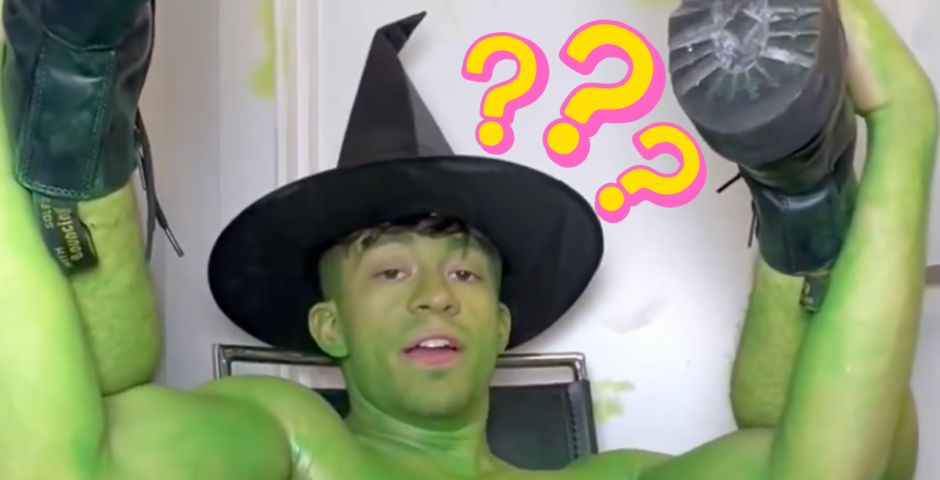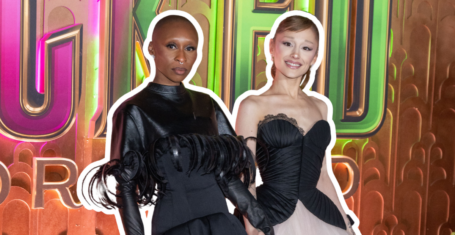
New Swansea University study reveals ‘key insights’ into the incel community
It’s said to be the most ‘comprehensive’ research done on involuntary celibacy to date.
A new study conducted by Swansea University and the University of Texas in Austin has provided new insights into the characteristics and challenging stereotypes of the incel (involuntary celibate) community.
The study’s sample consists of 561 participants across the UK and US and collaborates with the UK’s Commission for Countering Extremism (CCE), a British government agency aiming to “support society to fight all forms of extremism”.
The incel community is identified within this research as a “subgroup of men who struggle with forming sexual or romantic relationships, often creating a sense of identity around this perceived inability”.
Further defined by Dr Andrew G. Thomas, a Senior Lecturer of psychology at Swansea University, who says: “Incels are often stereotyped in the media as young, white, right-wing men who are not in employment, education, or training.”
However, the data shows that this stereotype isn’t always accurate.
This subcultural community creates an online group identity over their shared inability to form emotional or sexual relationships. An increased social media presence has created personal categories in which it’s members assign themselves based on physical attractiveness.

via YouTube
Members of the group define different types of people with largely inaccurate labels. For instance, “Chads” refer to the highest value men who successful engage in sexual relationships, whilst other men are inferior. However, “Betas” refer to the “average-looking” portion of men, with the incel community being places at the lowest point of attractiveness within this subculture, and therefore, in their eyes, society as a whole.
Most Read
According to the study, 95 per cent of incels subscribe to the “black pill” idea, that their lack of intimacy and romantic relationship’s is fixed in place and helpless.
The study, published in the Archives of Sexual Behaviour, stated: “When asked about a specific belief (that 80 per cent of women are only sexually interested in 20 per cent of men) almost two-thirds of incels indicated that they personally agreed with it, while more than 80 per cent felt that most incels agreed with it.”
This study, The Dual Pathways Hypothesis of Incel Harm: A Model of Harmful Attitudes and Beliefs Among Involuntary Celibates, examines the broader aspects and characteristics which form the identity of those in the incel community.
Talking about the study, Dr Thomas explained: “Our findings highlight that there might be subgroups among incels that end up in the community for different reasons. This is important information to know, as these pathways might lend themselves to different interventions.
“The existence of subgroups might also explain why different bodies, for example the NHS and Prevent, sometimes find it difficult to establish who might be best placed to intervene.”

via YouTube
The study’s findings:
Mental health
37 per cent of incels indicated they experienced daily suicidal thoughts.
Neurodiversity
By using the Autism Spectrum Quotient-10 (AQ-10), “a validated screening tool that assesses whether someone should be referred for a formal autism assessment”, showed 30 per cent of participants met the requirements to be assessed. This indicates “a high prevalence of autistic traits, which significantly surpasses the general population’s base rate of one per cent”.
Loneliness
48 per cent of participants indicated “very high levels of loneliness”.
Bullying
86 per cent of participants reported having experiences with bullying behaviour directed at them, comparing to 33 per cent of general population reported.
Ethnic diversity
58 per cent of participants were white, and 42 per cent identifying people of colour creating a diverse sample of participants.
Political orientation
“On average, incels positioned themselves slightly left of centre politically. This challenges the common assumption that incels are predominantly aligned with far-right ideologies.”
Socioeconomic backgrounds
40.6 per cent of participants are middle class, and 27.1 per cent are lower-middle, highlighting “diverse socioeconomic backgrounds”, which challenges stereotyping ‘traditional’ incels as from lower socioeconomic backgrounds.
Employment and education
Four per cent of participants are in full-time employment, and 16.4 per cent in full-time education
Age
The average age of participants is 26. 18 per cent incels studied are 30 or older, with the oldest in the sample being 73.
Co-author Dr William Costello, a researcher in psychology at the University of Texas also highlighted a strong correlation between anti-social behaviour, autistic traits, experiences with bullying and extreme far-right ideological views, and the harmful behaviour which members of the incel community engage in. Dr Costello further stressed “the need for greater clinical attention to neurodiversity within this group”.
Dr Joe Whittaker, a Senior Lecturer of criminology at Swansea, added: “Recently, incels have moved to the centre of public discussions – in part helped the Netflix show Adolescence, which has been a global phenomenon.
“While drama can be a useful tool for facilitating public debate, it is also important to have rigorous academic research to back it up. Our study is one of the first that takes a deep dive into a large sample of incels. This means that we were able to make important comparisons between subgroups. Our findings will help to inform policy and practice within the sphere of counter-extremism and help stakeholders to develop effective and appropriate responses.”
The global impact of the Netflix show Adolescence is felt through the ripples of increased awareness of young people and social media. Dr Lauren Burch, an expert in digital and social media communication and marketing from Loughborough University, said: “We’re seeing an increase in programmes that focus on online abuse, like Adolescence. Parents need to be aware that this behaviour exists. Their child could receive these types of messages. It’s not out of the ordinary. We use devices to communicate so often in our daily lives. They are ingrained in everything we do, so that form of abuse, is a very real possibility.”




















